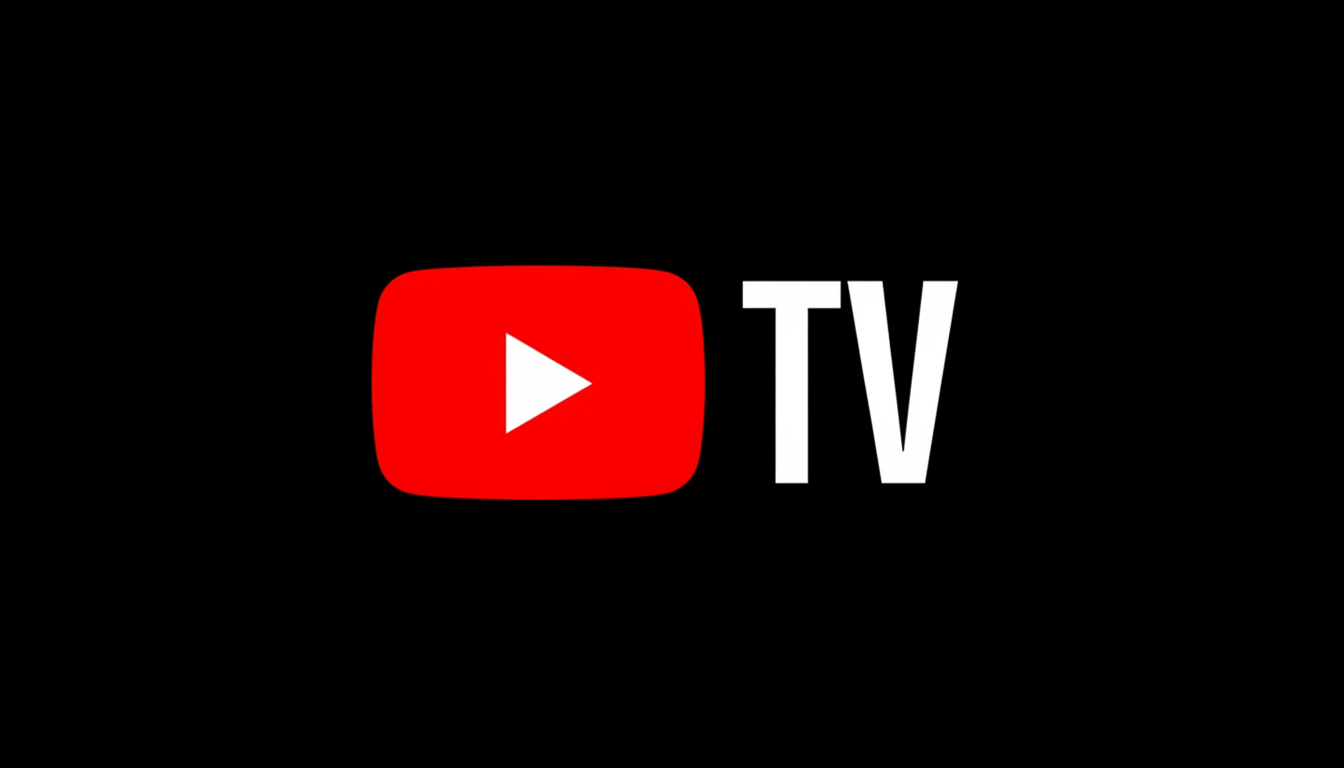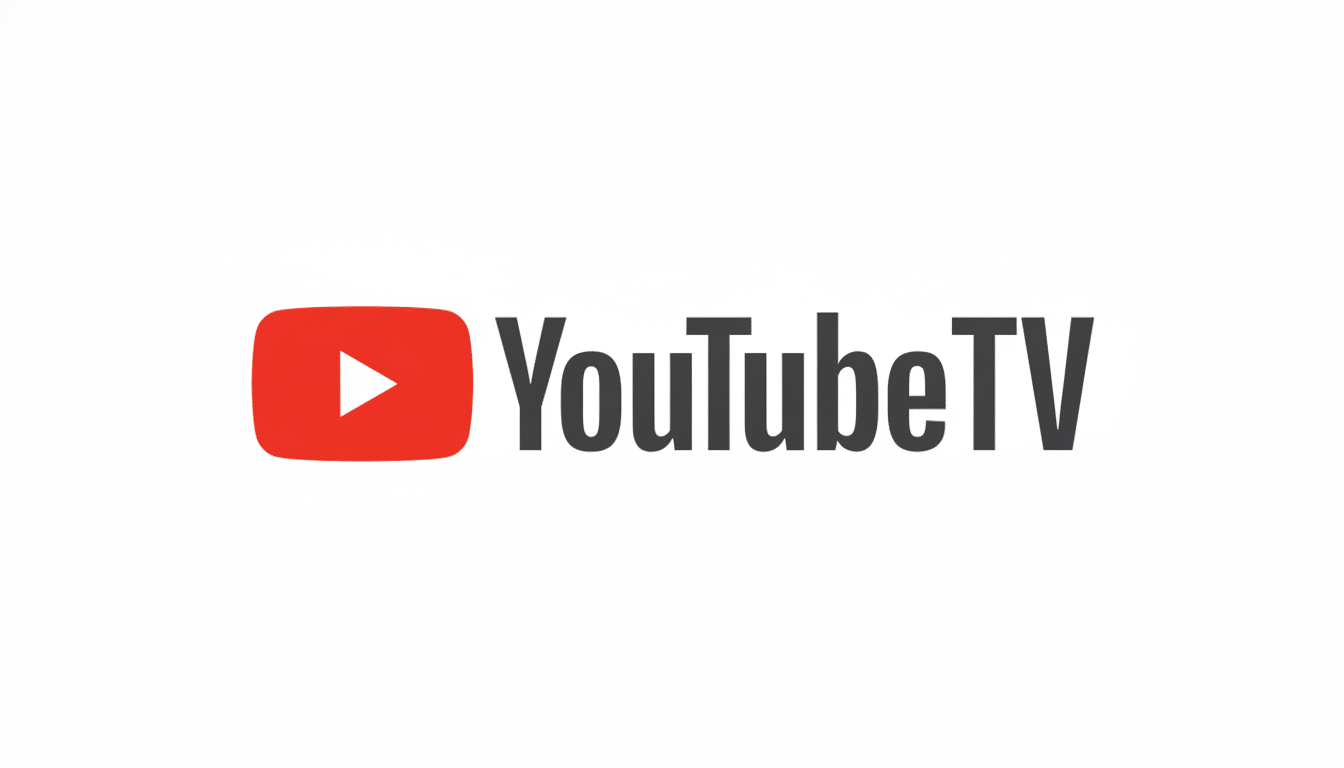YouTube TV claims it can restore Disney’s ABC stations and the ESPN networks “within hours” but only if both return at the same time under a temporary deal while the companies continue negotiations. The streaming bundle had rejected a narrower request to restore ABC for just one day, arguing that switching a channel on and off would cause unnecessary confusion among subscribers.
What YouTube TV Proposed to Quickly Restore ESPN and ABC
In an email sent to Disney that was obtained and reviewed by several publications, YouTube TV suggested a quick fix that would restore the largest drivers of viewing on its service from the Disney bundle: local ABC stations and ESPN-branded networks. The company has so far technically readied itself to pull the switch if Disney is willing to negotiate quickly and have customers back while a longer-lasting carriage deal is worked out.
- What YouTube TV Proposed to Quickly Restore ESPN and ABC
- Why YouTube TV Said No to an ABC-Only Day Request
- What the Blackout and Temporary Proposals Mean for Viewers
- The Commercial Stakes in the Standoff Over Carriage Terms
- How This Compares to Previous Disputes and Blackouts
- What Happens Next if Disney and YouTube TV Strike a Deal

The focus on ESPN and ABC acknowledges where the leverage resides. Sports-heavy ESPN is still one of the most-watched (and highest-priced) channels on pay TV and ABC’s local news and marquee events give it broad reach. S&P Global Market Intelligence industry estimates have for years pegged ESPN’s wholesale fees as some of the highest in the bundle, a continued sticking point in renewal discussions throughout the industry.
Why YouTube TV Said No to an ABC-Only Day Request
Disney also asked YouTube TV to temporarily reinstate ABC for one day in the name of public-interest election coverage. YouTube TV refused, arguing that putting one network back on the air for 24 hours might give viewers false hope that the parties had reconciled. The company also said that election results and analysis continue to be widely available on other broadcast and cable news channels already available on the service, and ABC News and local television stations can carry coverage as live streams through YouTube at Disney’s discretion, as well as free official streams.
What the Blackout and Temporary Proposals Mean for Viewers
For subscribers today, the pressing issue is how to get access to live sports and local programming. ESPN has NFL games, NBA, NHL and a slate of college sports; ABC affiliates offer local news as well as national specials and sports simulcasts. When a channel is blacked out, live and on-demand content from those channels will not stream in Tablo apps, and new recordings from the affected network(s) may not record either.
Election-night coverage is still available through other major networks on YouTube TV, as well as free official streams of the states themselves over YouTube. Viewers can also use broadcaster apps where authentication is supported, but availability varies by rights deals.
The Commercial Stakes in the Standoff Over Carriage Terms
This showdown is part of a larger reckoning around TV and the economy. With cord-cutting on the rise, every renewal requires distributors and programmers to re-evaluate pricing and packaging. Leichtman Research Group projects that traditional pay-TV providers lost approximately 5 million subscribers in the past year, although virtual MVPDs like YouTube TV gained some customers. Google has said publicly that YouTube TV has more than 8 million subscribers, positioning it as one of the country’s largest live TV bundles.

For Disney, preserving the value of ESPN and ABC is crucial as it navigates soaring sports rights costs, the economics of broadcast retransmission and its turn toward streaming. For YouTube TV, the ballgame is maintaining its must-have channels without raising monthly prices further; historical battles across the industry suggest that higher fees tend to pass directly through to consumer bills.
How This Compares to Previous Disputes and Blackouts
YouTube TV and Disney previously went dark for a brief spell at the same time, losing channels that returned after a short blackout. YouTube TV, in that case, gave bill credits to customers who were affected and eventually struck a multiyear deal. “More recently, Disney’s very public standoff with Charter didn’t result in a carriage agreement but demonstrated some willingness to throw out the playbook when a traditional carriage negotiation could not find common ground,” added Martin.
Such precedents hint at the financial and reputational risks that both sides understand can pile up with long outages. They also suggest that temporary extensions are the norm when parties believe a final deal is imminent, but require additional time to work out price, packaging and digital rights.
What Happens Next if Disney and YouTube TV Strike a Deal
If Disney acquiesces to YouTube TV’s demand, ABC and ESPN could return quickly under a short-term agreement as the fine print gets negotiated. If they don’t, people are still going to have to listen to other news and sports coverage that’s already on the platform and the free official streams when they’re available. Both sides say they seek a fair deal; the next chapter depends on whether they can come to terms for a temporary return that gives priority to the channels most customers watch.
The sensible advice for subscribers is to look out for account notifications and in-app banners. When clarity comes in carriage battles, it tends to happen with little warning — at times, as YouTube TV points out, within a few hours.

